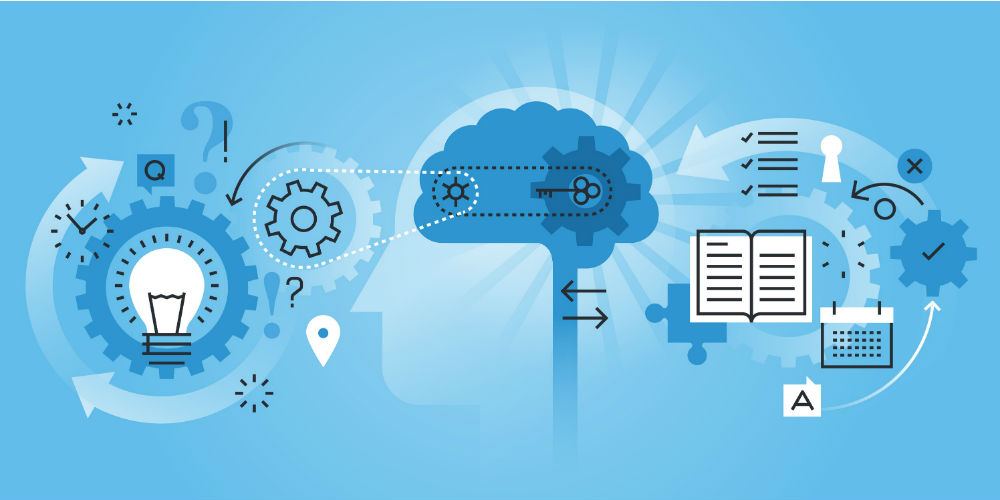ML Could Help Data Centers Address IoT

There’s a storm blowing up, a whopper!
Professor Marvel said that in the Wizard of Oz. Weather people expressed similar sentiments in recent months reporting on the series of nor’easters in the U.S. And tech experts and pundits say that IoT is gaining similar momentum that could have significant repercussions on our data centers.
Gartner discussed this IoT eventuality way back in 2014.
“IoT threatens to generate massive amounts of input data from sources that are globally distributed. Transferring the entirety of that data to a single location for processing will not be technically and economically viable,” Joe Skorupa said at the time.
Four years later, we’re still talking about how to evolve data centers so they can efficiently meet the bandwidth, processing, storage, and other needs of the booming connected device population.
In a recent IoT presentation, Steve Bass, Chevron’s North America data center manager, said 5G and IPv6 are creating a perfect storm for data centers.
IPv6 means there are enough addresses to support the growing base of IoT endpoints. That lays the foundation for loads and loads of connected devices to ping data centers every few minutes letting these facilities know they’re out there.
The rollout of 5G networks in the next few years will further encourage IoT proliferation. Because 5G will deliver more bandwidth, more cell sites, and the ability to support a greater number of IoT applications.
As a result, traffic in and out of data centers should grow significantly. Bass said that data centers can employ machine learning to cope with that onslaught of activity. Machine learning can help decide what traffic is meaningful and what traffic is essentially noise (meaning IoT endpoints pinging data centers simply to check in). ML can help ensure communications about those non-events stay at the network edge so they don’t overwhelm the data centers, he explains.
Edited by Maurice Nagle


